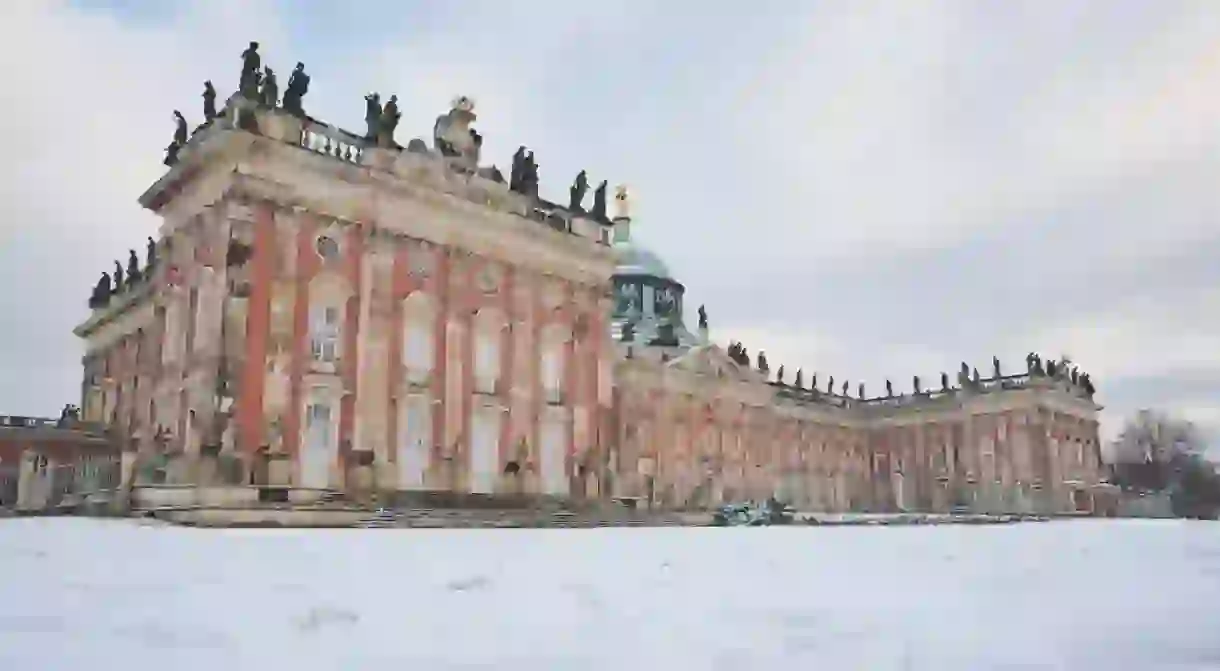10 German Winter Activities That Aren't Christmas Markets

If you picture Germany in winter as a dreary, snowy, gray blob, you couldn’t be more wrong! All across the country, Germans beat the winter chill with a series of amazing festivals and fun activities. While Christmas markets in Germany are the star of the season, there is a world of fun and entertainment beyond Christmas markets waiting for you – from chocolate tasting to merry carnivals, spectacular fireworks to religious festivals.
ChocolART (Tübingen)
Market

Tollwood Winter Festival (Munich)
Market, Street Food, German

Nikolaustag
Historical Landmark

Sankt Nikolaus (Saint Nicholas) is sort of like a cousin of Santa Claus. On the night of December 5, German children polish their boots and leave them outside the door before going to bed. Saint Nicholas is believed to visit in the dead of night (accompanied by the devil Krampus to scare naughty children) and leave goodies in the boots. The most common gifts are nuts, fruits, and candy.
Martinstag
Historical Landmark
Martinstag (St. Martin’s Day) is another religious festival that is extremely popular in Germany, especially with children. On the evening of November 11, children set out on a parade with their friends and family, carrying paper lanterns (usually made in kindergartens and schools), in honor of Martin le Miséricordieux, a Bishop in Tours known for his generosity and kindness towards the poor. The parade culminates in a bonfire and feast.
Stollen Festival (Dresden)
Architectural Landmark

While the rest of the world simply eats cake, the natives of Dresden celebrate a delightful festival centering around it. For this festival, a humongous Stollen (German fruitcake sprinkled with icing sugar) measuring at least 40 meters and weighing over three tonnes, is baked. It is then ceremoniously paraded around Dresden past all the historic sites in a horse-drawn carriage. On reaching the Christmas market, the cake is cut into small pieces and sold to the public.
Circus Krone (Munich)
Architectural Landmark
Hamburg Fair

Hanukkah
Historical Landmark

Though Christmas steals much of the limelight, the sacred Jewish festival of Hanukkah is celebrated with a lot of love and excitement in Germany. In honor of the Festival of Lights, the biggest menorah (a sacred candelabrum with eight branches) is lit in front of the Brandenburg Gate in Berlin. A ball is also held in Berlin to celebrate Hanukkah. The menorah is lit in many other parts of the country and the Jewish museums and communities hold special events and celebrations.
Berlin New Year's party
Historical Landmark

Nobody welcomes the New Year like the Berliners do. From the night of December 30 to the early hours of January 1, more than a million people assemble between the Brandenburg Gate and the Victory Column, to witness the biggest New Year’s street festival in Europe. The New Year’s Eve party in Berlin means a memorable gala of live music, dance, scintillating laser shows, and the star of the night – a jaw dropping professional fireworks show.
Carnivals
Historical Landmark

February is carnival season in Germany, and it is so important in fact that it is referred to as the Fifth Season. It is called in different names in different parts of the country, but what all the carnival celebrations have in common is are merry parades, quirky rituals, outrageous costumes, and a whole lot of laughter.













